
In a standard community of Hangzhou, there is a bamboo fence surrounding a small territory near the first-floor apartment of a six-story building. Stefan Schirmer, 66, a friendly and charming German, was standing on the stairs leading from inside the apartment into the garden, talking in his light-hearted manner to his wife, who was peacefully planting flowers in the garden. What could be better than spending the first warm days of Spring in a garden that you created yourself from scratch?
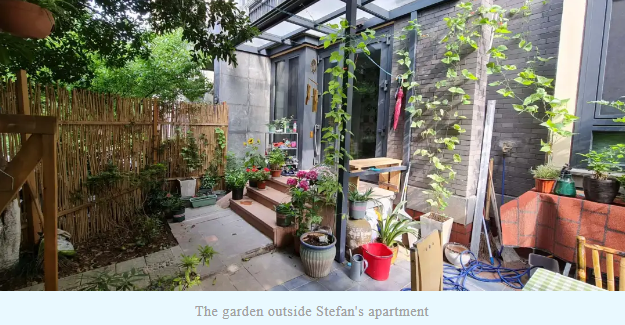
Unlike many of us, Stefan did not have an annoyance about either building the garden or renovating the initially blank apartment into a cozy warm home where Western design merged with elegant Chinese elements. He is a professional architect with over 30 years of work experience. However, it is not the exterior or interior that makes his home so special.
Stefan's apartment, like every other building he has designed or refurbished in the past 14 years in China, is a passive building. This means that they consume less energy to sustain a comfortable indoor environment. Just imagine Hangzhou's rainy and windy winter and the hot and humid summer. You sit at home near a window, looking outside without noticing any signs of draught; you feel warm and breathe in fresh, clear air – that's what living in a passive house feels like.
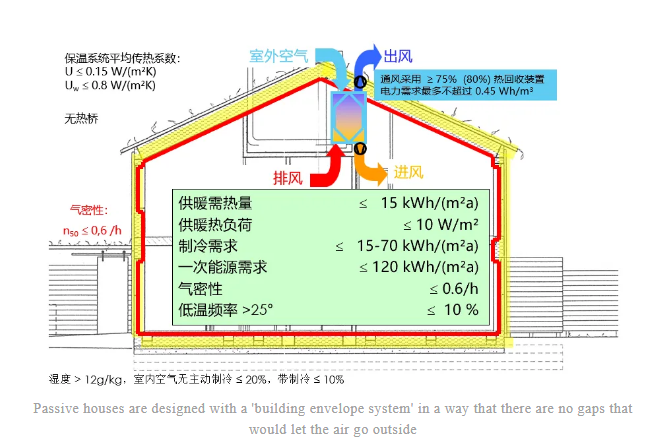
"Passive houses are designed with a 'building envelope system' in a way that there are no gaps that would let the air go outside. There is also a ventilation system that continuously brings fresh outdoor air into the apartment through ducts. This new air, which is warmed up or cooled down to the desired temperature using a heat recovery system, is then distributed to each room in the apartment. Here, we have just one heat pump connected to the recovery system which is enough for the whole apartment. "Usually, three or four of them would be used for an apartment of this size," Stefan said, enthusiastically walking around the apartment and showing the layers of the building envelope in the kitchen, introducing the ventilation hidden in the ceilings, and explaining the numbers on the remote-control panel in the living room.
Generally, passive houses use natural energy sources to generate heat, which saves up to 90% of energy consumption (the total amount of energy utilized to operate a household, encompassing various sources such as electricity, gas, diesel, oil, and others), making it an environmentally sustainable alternative to traditional housing. Constructing such environmentally friendly buildings and promoting passive house technology worldwide is what drives and inspires Stefan.
Architecture and environmental protection are the two things that captivated Stefan from a young age. Yet, it was a long journey for him to uncover his mission.
"In university, I studied History of Arts, however, I eventually decided to withdraw and found myself working in a charming library in the historic town of Ansbach in Bavaria, surrounded by centuries-old books. But I couldn't shake off my desire for architecture. I was about 30 years old when I finally decided to study it," recalled Stefan.
Meanwhile, during the 1970s, Germany grappled with an oil crisis, prompting a search for solutions to alleviate the strain of soaring oil prices. In response, the concept of passive houses, or energy-efficient buildings, began to emerge. The first passive house in Germany was constructed in 1991 with a primary focus on reducing oil consumption for heating purposes. However, it wasn't until around the early 2000s that passive houses gained significant attention and were actively promoted as environmentally friendly measures.
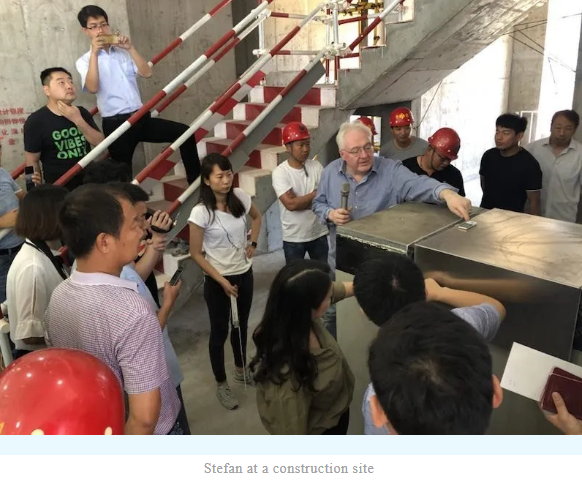
Stefan's passion for combating climate change merged seamlessly with his professional expertise when he joined the German Energy Agency (dena) as an architect in 2007. dena, a private company established by the German government, develops and implements solutions for climate neutrality, including a focus on constructing energy efficient buildings globally.
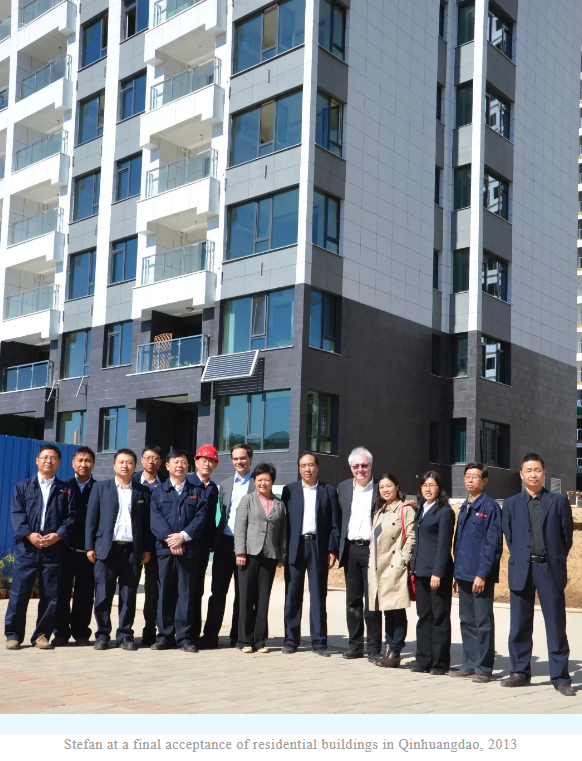
Working at dena, Stefan completed numerous projects in different countries including over 55 in China. He developed and led training programs for local engineers and architects in China, aiding them in creating high-quality energy-efficient buildings. These buildings spanned a wide range of types, from residential complexes to educational institutions, museums, and office spaces. Stefan excitedly mentioned that the pilot project of the dena in China, "Zai Shui Yi Fang" (literally: by the river) residential buildings in Qinhuangdao, drew architects from all corners of China eager to learn energy-effective building technologies.
You may be aware that China is determined to achieve carbon neutrality before 2060 and, according to Stefan, it does strive to reach the goal. Stefan noted that the collaboration with China was one of the most productive and smooth international cooperations before the pandemic, marked by a significant influx of new projects and a growing interest in energy-efficient buildings.
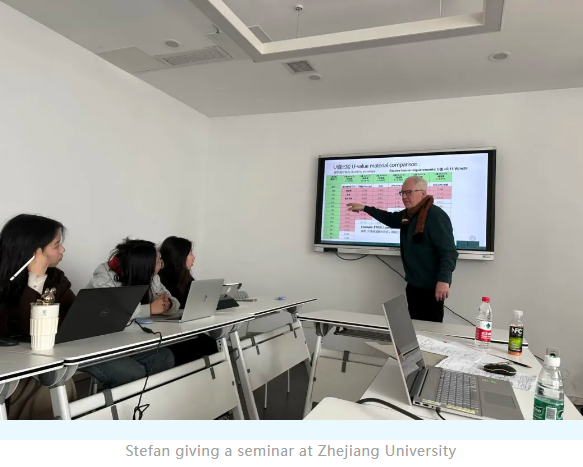
In 2023, Stefan retired from dena and settled both in Hangzhou and Berlin. While in Hangzhou, he was invited to give seminars and share his work experience in the Zero-Energy Building Design course at Zhejiang University. Though previously Stefan consulted professional architects mainly, the role of a professor fits him very well.
It is not only Stefan's ability to explain complex concepts simply but also his genuine joy and heartfelt dedication to his work that earns him respect and admiration from students and colleagues. And of course, talking about Stefan, it is nearly impossible to not mention how approachable he is.
"Stefan is a very amiable and affable person. When communicating privately, he always wears a smile and speaks with a calm tone. In his approach to work, he embodies the German characteristic, carrying out tasks systematically yet without being rigid. His involvement has made the course more practical and relevant to actual construction scenarios, allowing students to gain a more diverse perspective in understanding and comprehending zero-energy buildings," Professor Wu Jindong from the Department of Architecture at Zhejiang University, who invited Stefan to give seminars in his class, remarked.
Journalist & editor: Daria Fominykh
Chinese translation: Chen Miaolin
Senior editor: Zhou Ji
Source: Hangzhoufeel
Events
More+-

3rd Annual Juneteenth Celebration in Shanghai
-

Where to Watch Euro 2024 in Shanghai
-
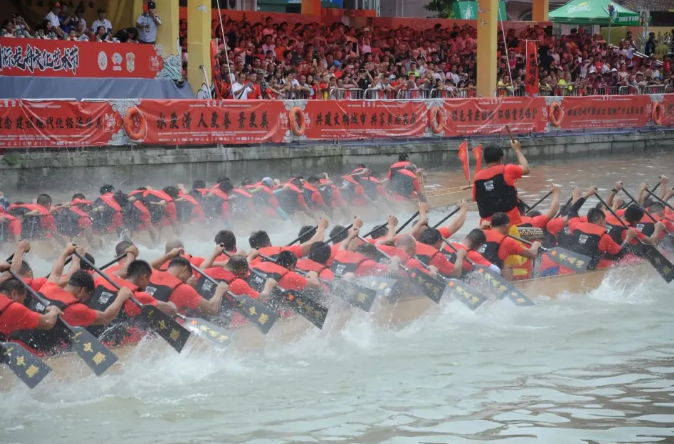
111 dragon boats, 19 foreign teams! The Guangzhou international dragon boat invitation tournament will be held on June 16
-
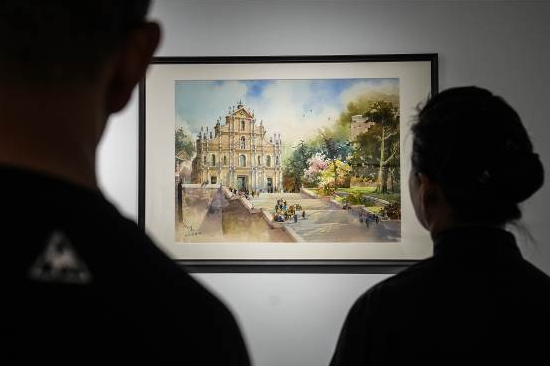
Visit Prince Kung's Palace and Explore 'Macao World Heritage'!
-
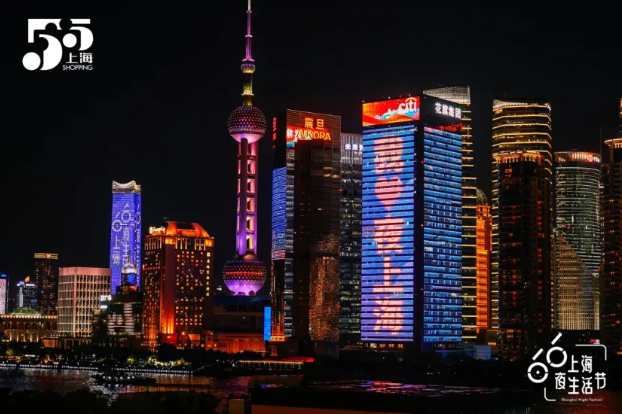
Summer comes with loads of nightlife fun!



 京公网安备
京公网安备